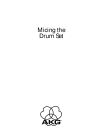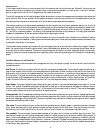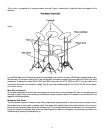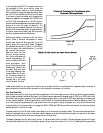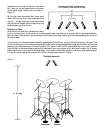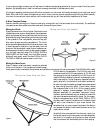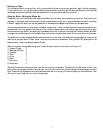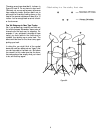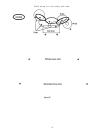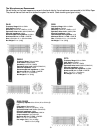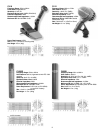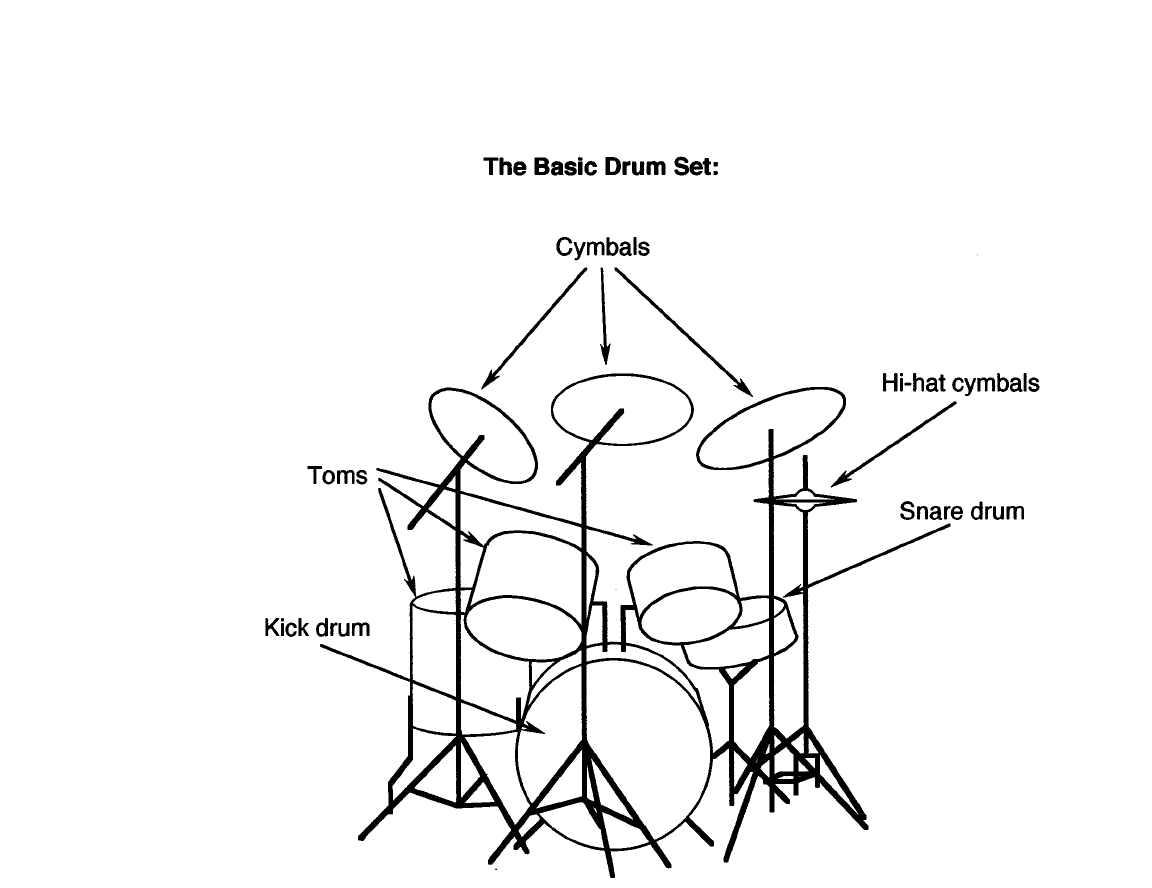
This, in short, is a description of a typical modern drum set. Figure 1 shows what it looks like from the viewpoint of the
audience.
In this White Paper we will discuss micing the drum set largely from the point of view of AKG’s highly regarded studio mics.
We also want to introduce a new family of low-cost dynamic microphone models that are so good you’d think they were
condensers! These are the models D440, D550 and D660; along with the D770, D880 and D112, they are ideal for the
home studio and music reinforcement on stage. They all have high overload margins in the 145 to 150 dB, which is essen-
tial in drum micing.
B
ASIC MICING STRATEGY:
At the most fundamental level we have a microphone on the kick drum and an overhead (OH) pair of mics picking up the
entire set in stereo. Many a jazz recording, mixed direct-to-stereo, has been made with this setup. If you are doing this, we
suggest the following options:
Micing the Kick Drum:
There are several important choices to make. Many experienced engineers prefer to use a tried and true dynamic micro-
phone rather than a more recent condenser model. The reason is this: placed close to the head of the kick drum the micro-
phone will pick up sound pressures that are extremely high. The overload characteristics of a dynamic mic can be more for-
giving than those of a condenser. Also, since the dynamic goes into distortion more gently, the actual sound of slight non-
linearities might actually be a desirable thing.
3
Figure 1



